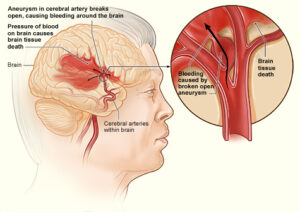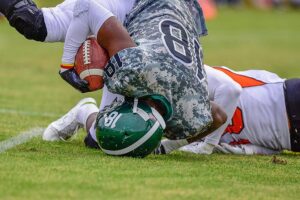- Objective Data
- General Survey
- Physical Examination
- Techniques
- Inspection
- Visual examination of a part or region of the body to assess normal conditions or deviations and by comparing
- Palpation
- Using light and deep palpation can yield information related to masses, pulsations, organ enlargement, tenderness or pain, swelling, muscular spasm or rigidity, elasticity, vibration of voice sounds, crepitus, moisture, and texture
- Percussion
- Technique that produces a sound and vibration to obtain information about the underlying area and a change from an expected sound may indicate a problem.
- Auscultation
- Listening to sounds produced by the body with a stethoscope to assess normal conditions and deviations from normal
- Techniques
-
- Organization of examination
- Patient comfort, safety, and privacy
- Follow same sequence every time
- Recording physical examination
- Organization of examination




